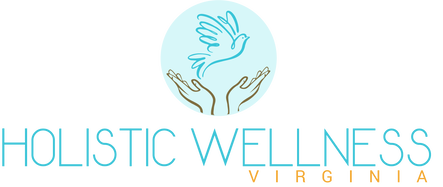SERVICES
Craniosacral Therapy
Every day your body endures stresses and strains that it must work to compensate for – stresses which often tighten and distort your craniosacral system, the membranes and fluid that surround, protect and nourish your brain and spinal cord (i.e., your central nervous system). The tension this produces can interfere with your central nervous system’s performance as it interacts with, and regulates the performance of, all your other bodily systems.
Craniosacral Therapy (CST), developed through years of research and clinical testing by Michigan State University Professor of Biomechanics John. E. Upledger, can relieve pain and dysfunction by detecting and releasing these tensions. With a light touch – no more than 5 grams, the weight of a nickel – CST practitioners use their hands to evaluate the craniosacral system by gently feeling various locations of the body to test for the ease of motion and rhythm of the cerebrospinal fluid pulsing around the brain and spinal cord. Soft-touch techniques then release restrictions in tissues influencing the craniosacral system.
CST is effective for a wide range of medical problems associated with pain and dysfunction, including
And it’s very effective at reducing the symptoms of stress, improving sleep, and reducing panic and anxiety that come with PTSD (Post-Traumatic Stress Disorder). One reason is that CST can shift your Sympathetic Nervous System stress response from “fight/flight/freeze” to the Parasympathetic Nervous System response of “rest and digest.” It can balance critical neurotransmitters in your central nervous system that are responsible for many PTSD symptoms. It can even reduce the symptoms of hypervigilance, irritability, chronic panic and anxiety, and insomnia that a traumatic event can create by throwing neurotransmitters out of balance and restricting craniosacral tissues. As a result, CST can not only reduce PTSD symptoms, but also let your body release trauma trapped in its cells in a way that can prevent re-–traumatization from occurring.
Craniosacral Therapy (CST), developed through years of research and clinical testing by Michigan State University Professor of Biomechanics John. E. Upledger, can relieve pain and dysfunction by detecting and releasing these tensions. With a light touch – no more than 5 grams, the weight of a nickel – CST practitioners use their hands to evaluate the craniosacral system by gently feeling various locations of the body to test for the ease of motion and rhythm of the cerebrospinal fluid pulsing around the brain and spinal cord. Soft-touch techniques then release restrictions in tissues influencing the craniosacral system.
CST is effective for a wide range of medical problems associated with pain and dysfunction, including
- ADD/ADHA
- Autism
- Brain and Spinal Cord Injuries
- Chronic Fatigue
- Chronic Neck and Back Pain
- Fibromyalgia
- Learning Disabilities
- Migraines and Headaches
- Motor-coordination Impairment
- Post-Traumatic Stress Disorder
- Scoliosis
- Stress- and Tension-related Disorders
And it’s very effective at reducing the symptoms of stress, improving sleep, and reducing panic and anxiety that come with PTSD (Post-Traumatic Stress Disorder). One reason is that CST can shift your Sympathetic Nervous System stress response from “fight/flight/freeze” to the Parasympathetic Nervous System response of “rest and digest.” It can balance critical neurotransmitters in your central nervous system that are responsible for many PTSD symptoms. It can even reduce the symptoms of hypervigilance, irritability, chronic panic and anxiety, and insomnia that a traumatic event can create by throwing neurotransmitters out of balance and restricting craniosacral tissues. As a result, CST can not only reduce PTSD symptoms, but also let your body release trauma trapped in its cells in a way that can prevent re-–traumatization from occurring.
MORE ABOUT CRANIOSACRAL THERAPY
|
|
|
